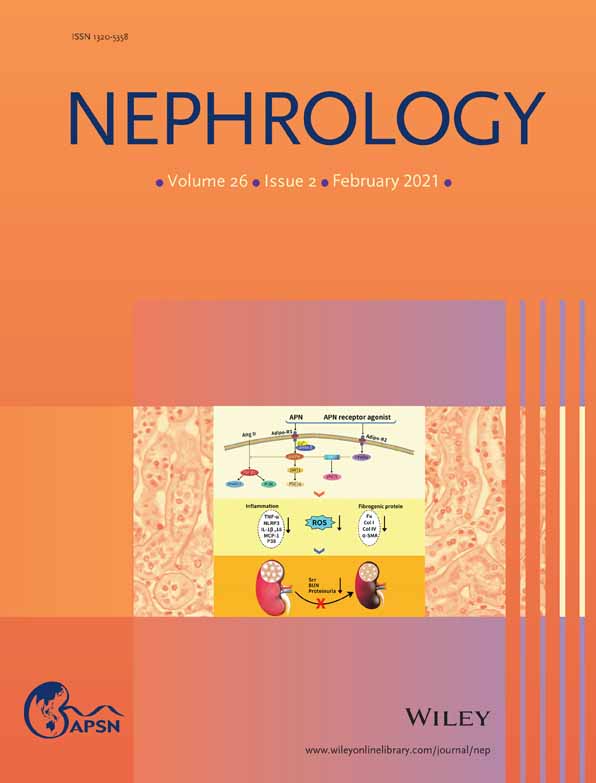Glucocorticoid effects on bone strength in children with renal diseases
Abstract
Aim
Glucocorticoids (GC) are essential medicines for idiopathic steroid-sensitive nephrotic syndrome (ISSNS) and IgA nephropathy (IgAN), with good clinical results. However, they cause bone fragility. The aim of this study was to elucidate GC effects on bone strength assessed as bone mineral density (BMD) and bone quality, using bone turnover markers (BTM), in children with ISSNS or IgAN.
Methods
Eleven children with ISSNS and 13 with IgAN were included. All the patients received GC treatment according to each protocol. The BMD and BTM—serum alkaline phosphatase (S-ALP), tartrate-resistant acid phosphatase 5b (S-TRACP-5b), and undercarboxylated osteocalcin (S-ucOC)—were measured from the initiation of steroid treatment (STx) to the end of STx in both groups.
Results
In ISSNS, S-ALP and S-ucOC levels were decreased significantly at 1 month. BMD and S-TRACP-5b levels showed no significant change through this observation period. In IgAN, BMD and S-ALP levels were decreased significantly at 1 and 3 months, respectively, and recovered to baseline at 10 months after the initiation of GC dosage reduction. S-TRACP-5b levels were decreased significantly at 3 months and remained lower than at baseline through the observation period. In both groups, S-ucOC levels did not directly reflect bone strength.
Conclusion
This study clarified the following three points regarding GC effects on bone strength in children with ISSNS or IgAN: first, S-ALP is a more sensitive bone quality marker than S-TRACP-5b; second, BMD loss was observed only when both S-ALP and S-TRACP-5b levels decreased, and third, S-ucOC levels do not directly reflect bone strength.




